
News, Insights, and more on Industrial IoT
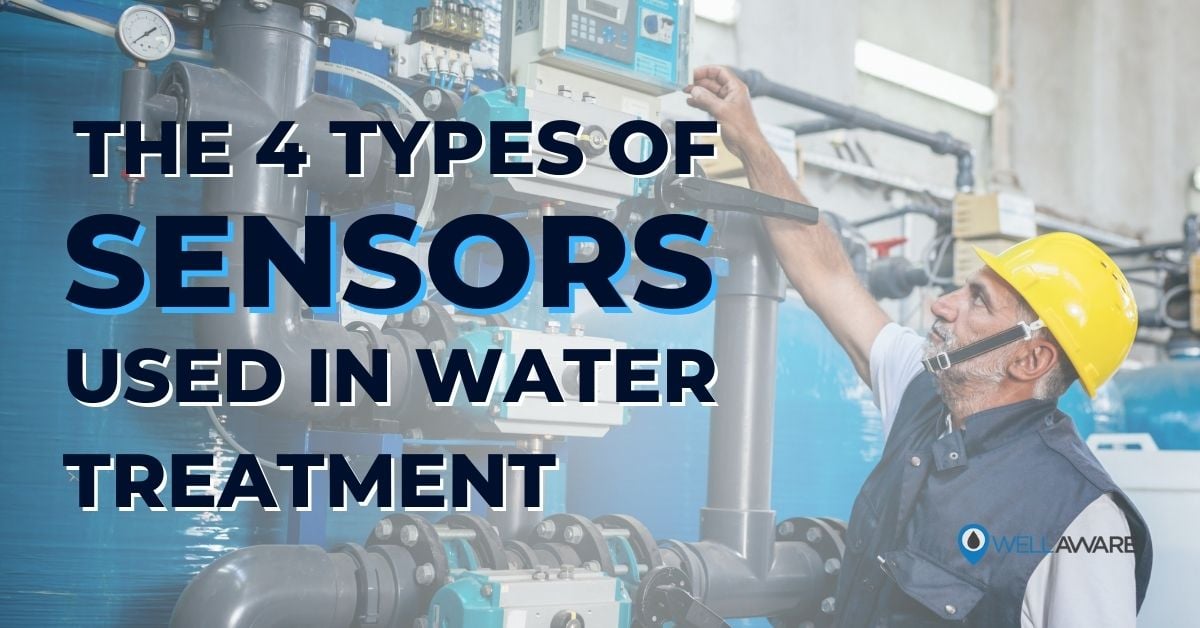 Sensors are the foundation of water treatment control systems. They are what originally convert physical parameters from equipment and processes into digital information that machines and people can use. Put simply, water treatment plant control without sensors is a non-starter. Period. To understand what can be monitored, controlled, or automated in a water treatment plant, many are asking the question: What types of sensors are used in water treatment control plants?
Sensors are the foundation of water treatment control systems. They are what originally convert physical parameters from equipment and processes into digital information that machines and people can use. Put simply, water treatment plant control without sensors is a non-starter. Period. To understand what can be monitored, controlled, or automated in a water treatment plant, many are asking the question: What types of sensors are used in water treatment control plants?
This article explores the types of sensors operators use today in the average wastewater treatment plant with a specific focus on the following components:
Looking for more info on sensors beyond water treatment plants? Check out The Ultimate Guide to Sensors for Industrial Operations.
Water quality is the business of water treatment plants, but it’s not just the final product that water treatment operators care about. Water quality must be measured and controlled throughout the entire treatment process. That’s where water quality sensors come in.
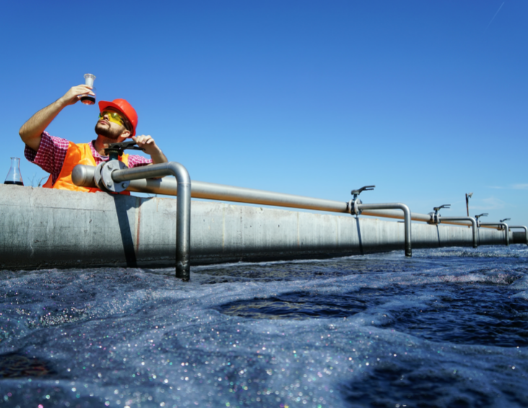
Water quality is a critical parameter in many wastewater treatment processes.
These are the types of sensors most commonly used to measure water quality in wastewater treatment.
Each of these sensors is used in various processes within water treatment plant controls to monitor water quality during each process.
To go deeper on the topic of water quality sensors, check out this article.
Process controls instrumentation is a critical element of any wastewater treatment plant control system. As the name implies, process controls instrumentation in wastewater treatment monitors parameters of the particular treatment processes. “Process” in this context means the fluid dynamics process whereby water gets transported through vessels, pumps, and pipes for different treatment phases. Process instrumentation is crucial for calculating system efficiency and for assuring that necessary treatment processes can occur. Put simply, process instrumentation lets people know if water isn’t getting where it needs to go on time and at a reasonable cost.
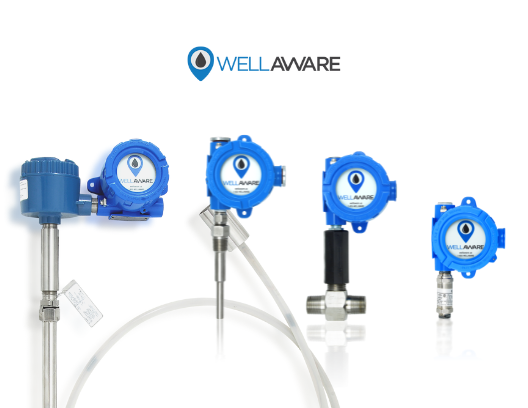 Process controls instrumentation involves measuring level, temperature, pressure, and flow.
Process controls instrumentation involves measuring level, temperature, pressure, and flow.
The core sensors used in process controls instrumentation for wastewater treatment are:
Each of these can describe a critical variable that helps water treatment plant control operators monitor and maintain dynamic fluid properties, keeping wastewater treatment schedules on track.
Related Article: How to monitor water levels in a tank.
Without pumps, liquids don’t move. If pumps go offline, wastewater treatment plants lose the capacity to treat water, which means raw sewage discharges into surface water, at best, and people get sick, at worst.
Pumps also consume a lot of energy - around 20% of the energy consumption of an average wastewater treatment plant. Therefore, pump efficiency is critical to reducing energy costs and prolonging equipment life. When pumps aren’t in tip-top shape, wastewater plants are either overspending on energy or fast approaching a massive repair project.
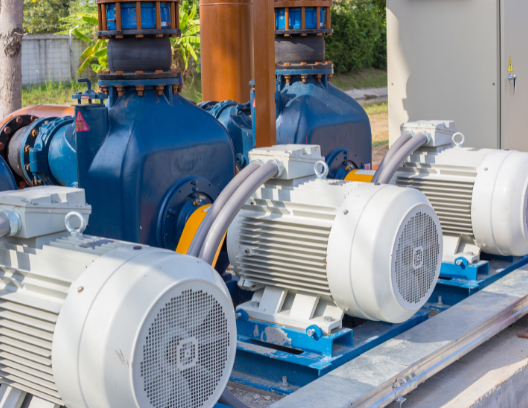
Pumps are big power consumers, so they need constant monitoring.
These are the types of sensors used to monitor pump diagnostics and enable pump control in wastewater treatment plants:
Related Article: How to monitor and control water transfer pumps.
In addition to sensors used for water quality, process controls instrumentation, and pump diagnostics, sensors are used to monitor various other processes in wastewater treatment. This can include electrical and power systems, backup generator systems, safety systems, and more. Here are some example sensors in other wastewater treatment plant controls processes.
Wastewater treatment plants consume a lot of power, and not just from pumps. Electricity is critical to keeping water treatment plants online. Here are some of the sensors used to monitor electrical systems in water treatment plants:
In the event of an electrical failure, diesel-power backup generators may come on to ensure continuous operations. Sensors are used to make sure that generators are ready and able to come online when needed, and that they are running effectively when being relied on.
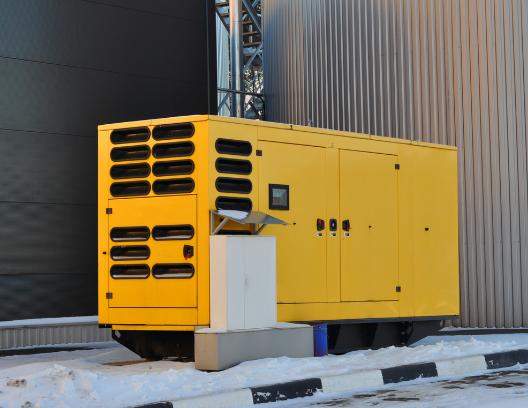
Backup diesel generators should be constantly monitored to ensure they come online when needed.
These are the types of sensors used to monitor backup generators at wastewater treatment plants:
Safety is critical to water treatment plants. In general, sensors (and remote monitoring systems) help water treatment plants operate more safely by eliminating the need to put people in risky places just to record process parameters. Additionally, these types of sensors can be used to ensure safety in wastewater treatment plants:
Sensors in wastewater treatment plants are only valuable when they are connected to a system that monitors, controls, and automates wastewater treatment plants to ensure safety, maximize treatment rates, and reduce costs.
Many operators find value in connecting their wastewater treatment plant controls sensors to a remote monitoring system. This can lead to less downtime, lower incident rates, and faster time to insights that increase overall treatment efficiency.
For more information about how to get started with a remote monitoring system for your wastewater treatment plant, connect with us or check out our remote monitoring & control solutions for the water and wastewater industry.
Like what you're reading? Sign up for updates!
Have a Question?